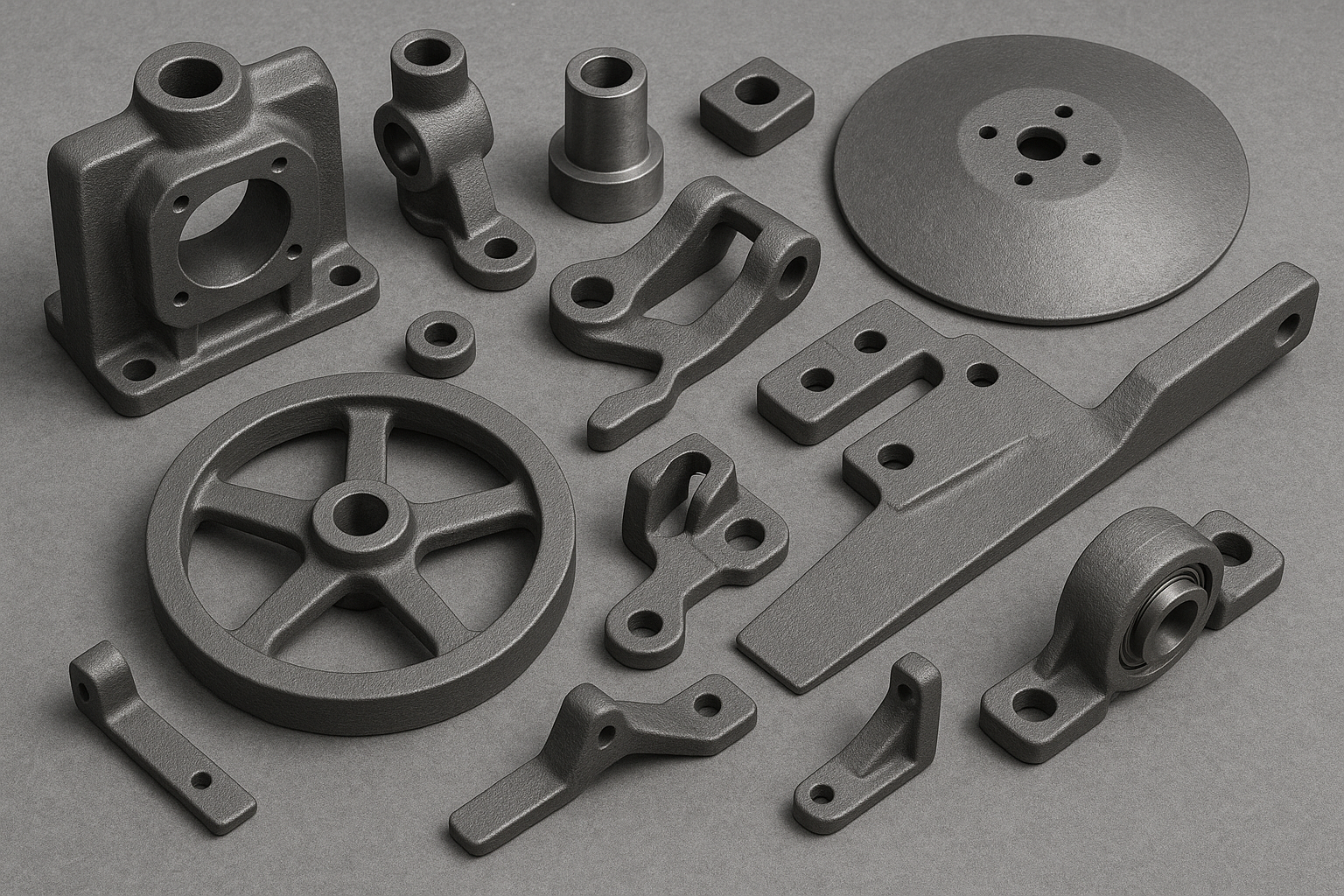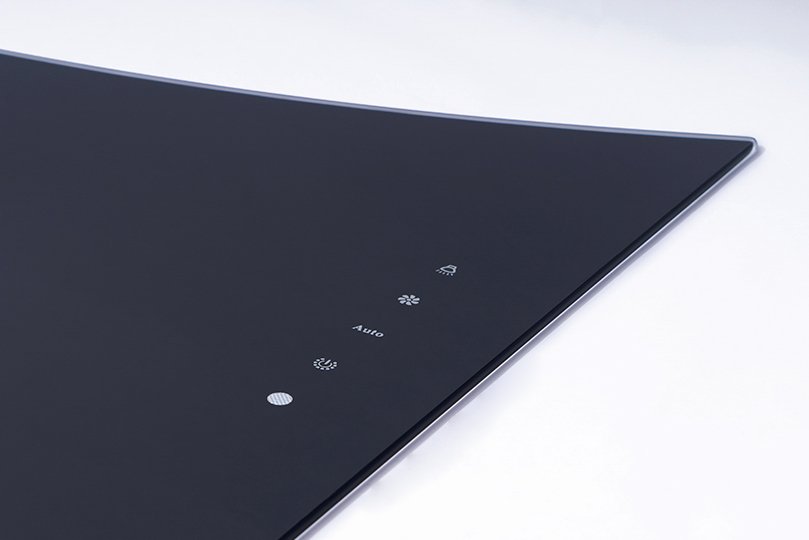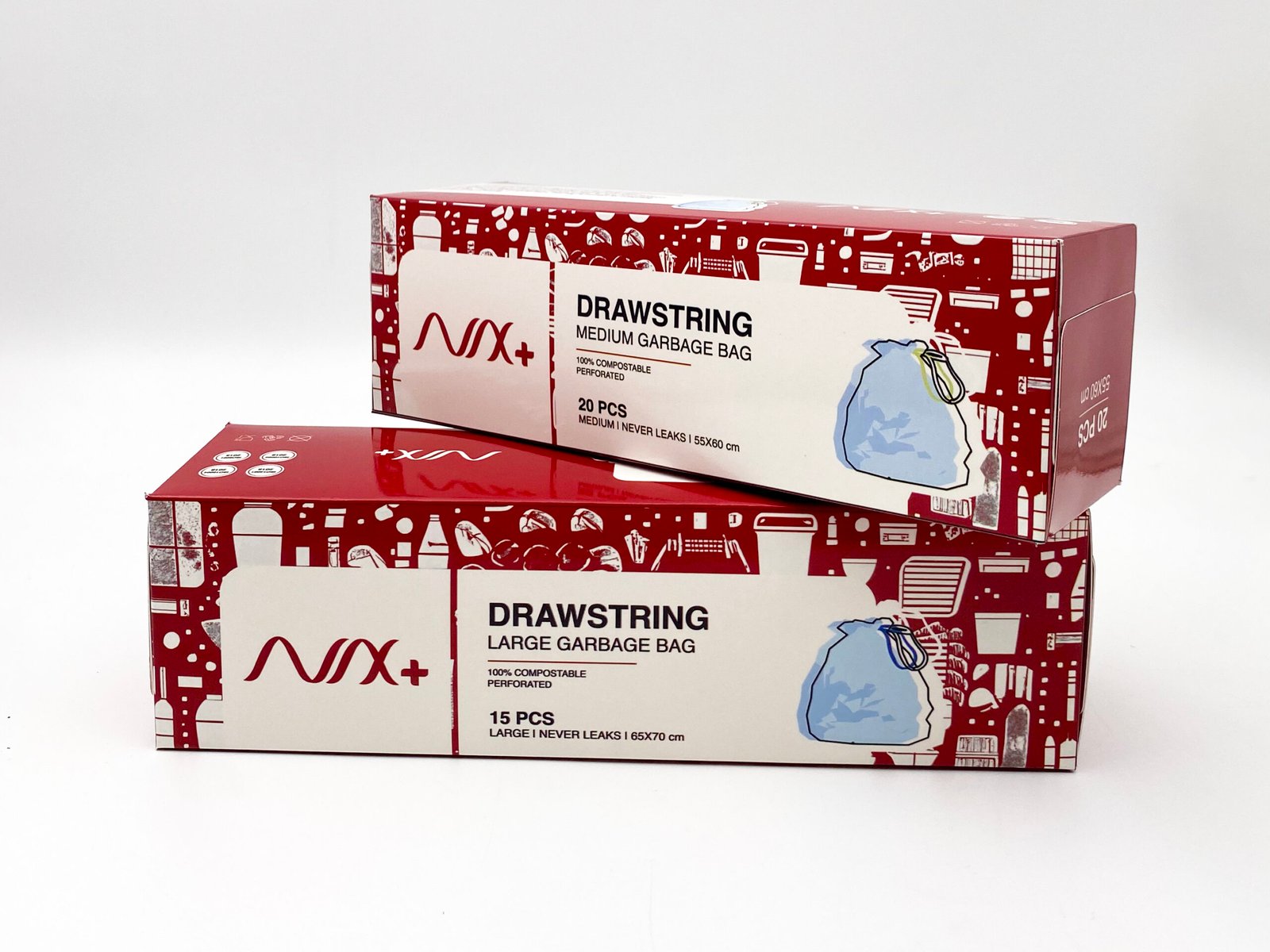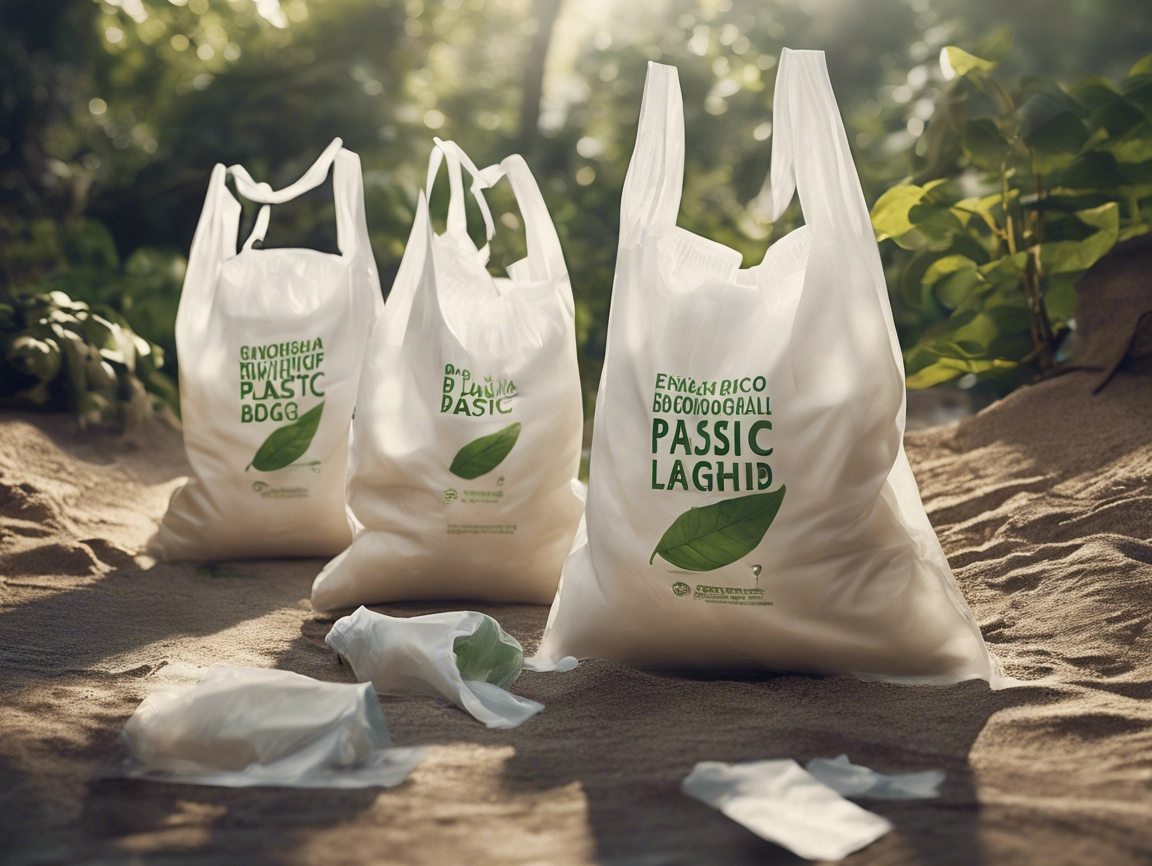Explore how cast iron parts for agricultural machinery improve equipment durability and performance. From ductile iron components to OEM casting solutions, learn how precision manufacturing shapes the future of farming equipment.
Continue reading10 Powerful Reasons to Choose Cast Iron Stove Grates for Industrial Kitchens
Discover why Cast Iron Stove Grates for Industrial Kitchens are the best choice for durability, efficiency, and export potential. Learn more in this ultimate guide.
Continue readingEverything You Need to Know About Industrial Gas Stoves and Cast Iron Grates
Discover why cast iron stove grates are essential for industrial gas stoves, their benefits, specifications, and how to maintain them.
Continue readingEndüstriyel Ocaklar için Döküm Izgaralar
Endüstriyel Ocak Döküm Izgaralar , yüksek dayanıklılık ve enerji verimliliği sağlar. Döküm ızgaraların avantajlarını ve kullanım alanlarını keşfedin!
Continue readingHow Tempered Glass Improves Safety in Industrial Settings
Learn how Tempered Glass in Industrial Safety environments to improve safety. Discover its strength, durability, and break-resistant properties.
Continue readingWhy Choose Cast Iron Grates for Your Kitchen?
The Role of a Trusted Export Management Company in Your Business Growth
Partner with Avax Plus, a trusted Export Management Company (EMC), to streamline your global trade operations. We offer expert guidance in logistics, supplier relationships, and regulatory compliance to help businesses grow internationally with ease.
Continue readingAvax Plus Launches Biodegradable Packaging Product Line
Avax Plus is proud to launch its new line of biodegradable packaging, including garbage bags and stretch films. Our eco-friendly products help businesses reduce plastic waste while maintaining high performance in packaging.
Continue readingEco-Friendly Packaging Solutions for a Sustainable Future
Looking for sustainable packaging options? Avax Plus offers eco-friendly solutions like biodegradable plastic bags and recyclable stretch films. Reduce your environmental footprint with our green packaging products, designed to meet modern sustainability standards.
Continue readingAluminum Billets: The Backbone of Modern Manufacturing
Avax Plus supplies high-quality aluminum billets that meet the demands of the manufacturing and construction industries. Learn how our aluminum products provide the strength, durability, and precision necessary for successful production processes.
Continue reading









